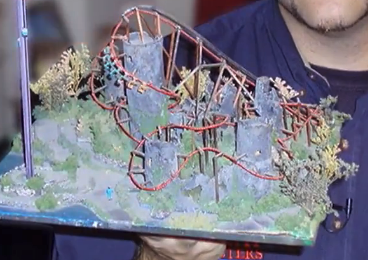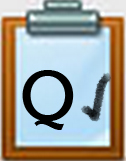Q4 STEAM: Roller Coaster Introduction
Introduction
You have been hired by the Best Thrill Rides amusement park to design their roller coasters. They claim to be the best in the world at thrills and safety. You must use your knowledge of mass, gravity, potential, and kinetic energy to design roller coasters that will not stall or crash.
I CAN STATEMENTS
- know how energy transfer (potential and kinetic) will impact my design for a roller coaster that has enough kinetic energy to complete a full run
- understand how energy loss dissipates enough energy (through friction) to stop safely at the end of the designated track
- apply the 5-step engineering design process to create a working model

Watch this one minute video by Chris Gray, a Mechanical engineer and roller coaster designer from PBSkids.org
Competencies & Standards
MITECS Michigan Integrated Technology Competencies for Students, and
3. Knowledge Constructor
c. Curate information from digital resources using a variety of tools and methods
4. Innovative Designer
a. Know and use a deliberate design process for generating ideas, testing theories, creating innovative artifacts or solving authentic problems
b. Select and use digital tools to plan and manage a design process that considers design constraints and calculated risks
c. Develop, test and refine prototypes as part of a cyclical design process
d. Exhibit a tolerance for ambiguity, perseverance and the capacity to work with open-ended problems
5. Computational Thinker
b. Collect data or identify relevant data sets
Websites and Documents
Websites
- Amusement Parks Physics
- ck-12 Physics Simulations
- Design a Roller Coaster
- Five-step Engineering Process
- How Roller Coasters Work
- How Stuff Works - Roller Coasters
Videos From Outside Sources
- Dad Builds Backyard Roller Coaster YouTube 11:30
- How Can a Roller Coaster go Upside Down without Falling? PBS Kids Video
- I Built a Huge Lego Roller Coaster Floor to Ceiling YouTube (10:53)
21t4s Videos
21t4s Documents & Quizzes




